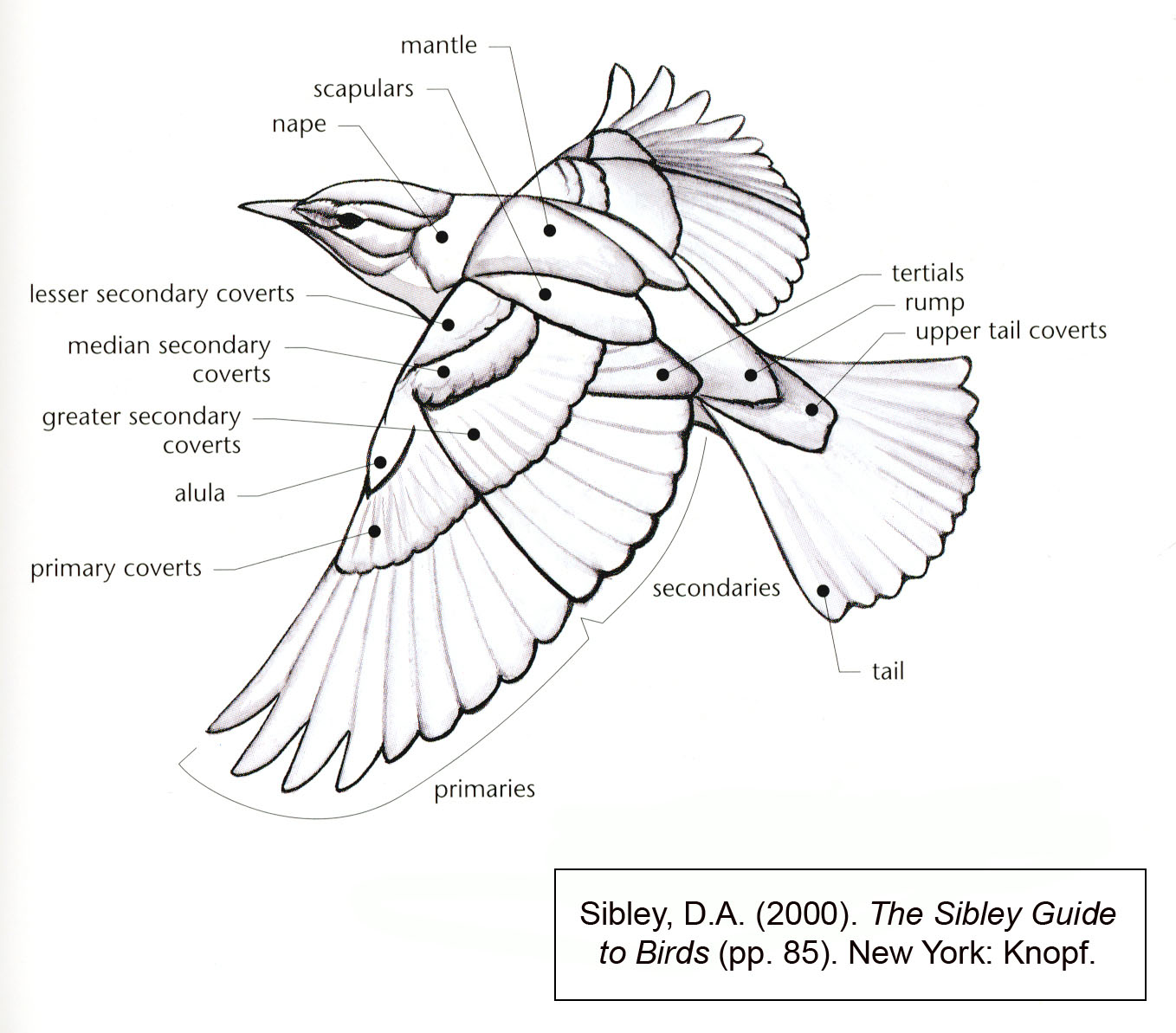Discovering the Attractants: Wings of Termites That Draw Them In
Guide or Summary:IntroductionWinged Termites: The Migratory SpeciesAttractants: The Lure of Moisture and FoodMoistureFood SourcesHuman Activities: Unintenti……
Guide or Summary:
- Introduction
- Winged Termites: The Migratory Species
- Attractants: The Lure of Moisture and Food
- Moisture
- Food Sources
- Human Activities: Unintentional Invitations
- Preventive Measures: Keeping Winged Termites at Bay
- Regular Inspections
- Proper Ventilation
- Protective Treatments
Title: "Unlocking the Secrets: Understanding What Draws Termites with Wings to Your Property"
Introduction
Termites, often considered silent destroyers, pose a significant threat to homes and properties worldwide. They thrive in moist environments and can cause substantial damage to structures through their insatiable appetite for wood and cellulose. Among the various species of termites, those with wings are particularly adept at spreading infestations. This article delves into the fascinating world of winged termites, exploring what attracts them to residential and commercial properties and how understanding these factors can help in preventing and managing infestations.
Winged Termites: The Migratory Species
Winged termites, belonging to the subfamily Kalotermitinae, are distinct from their wingless counterparts in several ways. These insects undergo a unique reproductive phase known as alate, during which they develop wings. This transformation is a crucial step in their life cycle, allowing them to disperse and establish new colonies. The wings of winged termites are not only a remarkable adaptation but also a powerful tool in their quest for a new home.

Attractants: The Lure of Moisture and Food
The primary attractants for winged termites are moisture and food sources. These insects are highly sensitive to environmental conditions and seek out areas that provide both comfort and sustenance. Here's a closer look at what draws them to your property:
Moisture
Termites thrive in humid environments. Moisture provides the ideal conditions for their growth and reproduction. Winged termites are particularly attracted to areas with high humidity levels, such as basements, crawl spaces, and areas near water sources like drains, pipes, and gutters. High humidity can also lead to mold growth, which further attracts termites as they seek out food sources.
Food Sources
Food is the primary motivation for winged termites. They are known for their voracious appetite, especially for wood and cellulose. When searching for a new colony, winged termites look for food sources that are readily available and abundant. They may be attracted to wooden structures, paper products, and even certain types of plants that contain high levels of cellulose. It's essential to identify and eliminate these food sources to deter winged termites from invading your property.
Human Activities: Unintentional Invitations
Human activities can inadvertently create conditions that attract winged termites. For example, improperly sealed windows and doors can allow moisture into a property, creating an attractive environment for these insects. Similarly, untreated wood and paper products left outside can serve as food sources that attract winged termites.
Preventive Measures: Keeping Winged Termites at Bay
Understanding what attracts winged termites is crucial in preventing and managing infestations. Here are some preventive measures that can help keep these destructive insects at bay:
Regular Inspections
Regular inspections of your property can help identify potential entry points and food sources that attract winged termites. Checking for signs of moisture, such as mold and water stains, and sealing any gaps or cracks in walls, roofs, and foundations can help prevent infestations.
Proper Ventilation
Ensuring proper ventilation in areas prone to moisture buildup can help reduce humidity levels and deter winged termites. Installing exhaust fans in bathrooms and kitchens, and using dehumidifiers in damp areas, can help maintain optimal moisture levels.
Protective Treatments
Protective treatments, such as termite barriers and treatments, can provide an additional layer of protection against winged termites. These treatments work by creating a barrier that termites find difficult to penetrate, thereby preventing them from accessing food sources and establishing new colonies.

Winged termites pose a significant threat to homes and properties, but understanding what attracts them can help in preventing and managing infestations. By identifying and eliminating moisture and food sources, sealing entry points, and using protective treatments, homeowners and property managers can take proactive steps to keep these destructive insects at bay. Remember, an ounce of prevention is worth a pound of cure, and taking these measures can help ensure your property remains safe and secure.